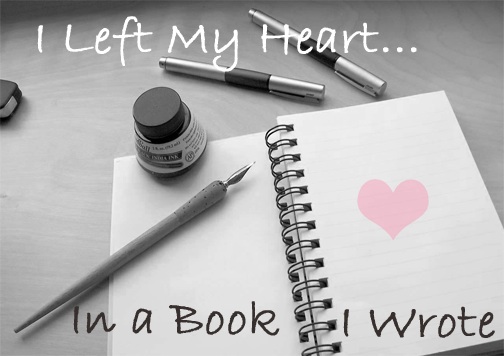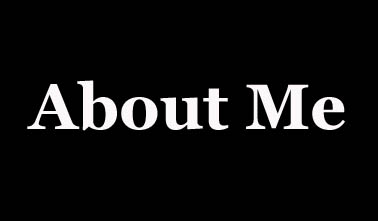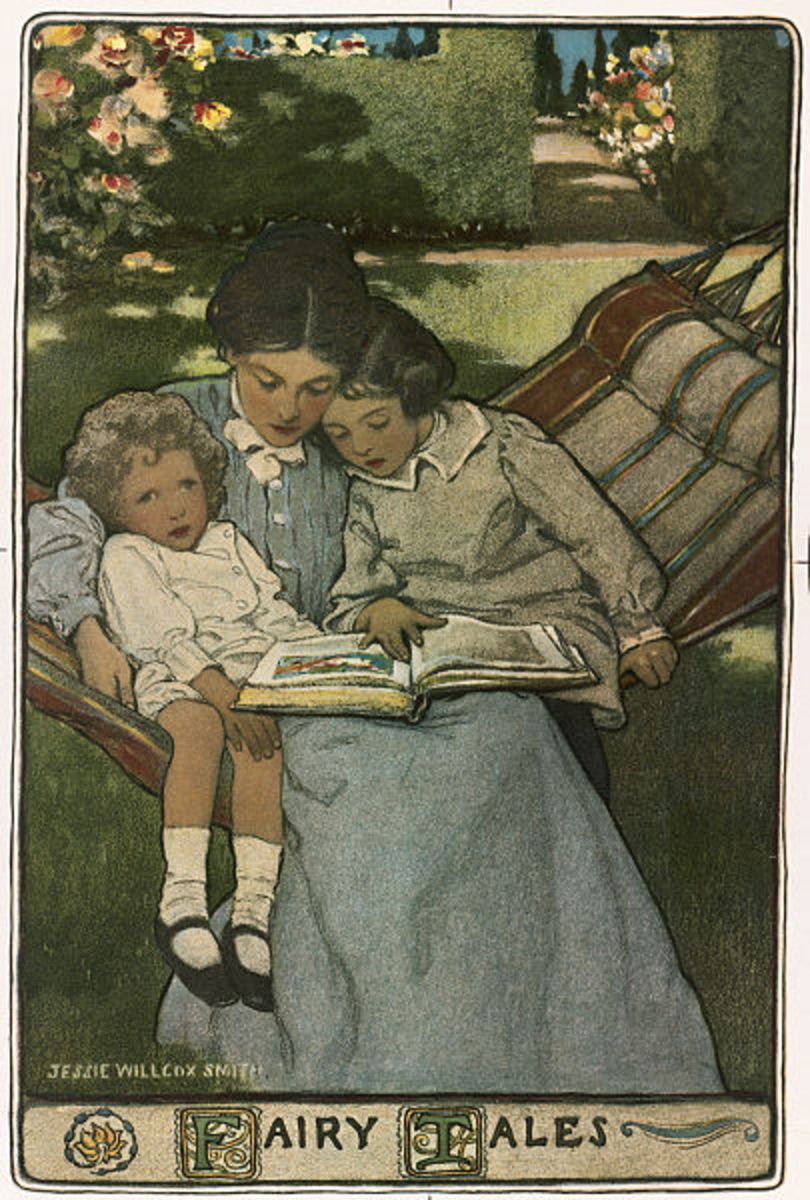Top Reads for Fiction Writing Tips

These are my favourite recommendations for writers looking for assistance with writing fiction.
The Business of Writing for Children: An Award-Winning Author’s Tips on Writing and Publishing Children’s Books, or How to Write, Publish, and Promote a Book fo
by Aaron Shepard
No matter what you think of their supposed simplicity, writing a children’s book is never easy. The market is a tough nut to crack. The actual genre is very technically demanding and complicated. Writing children’s literature is not only an art, it is truly a business. To help you navigate through this complex and confusing world is this thorough guide by Aaron Shepard. It is complete - with all aspects covered. Whether you are concerned with or have questions on submission strategies, manuscript negotiation or any other publishing information, you will find your answers here. This guide truly does address every possible aspect of writing nad publishing children’s literature. Even if you do not know what questions to ask, this book will make sure you are aware of both the questions and the answers. Whether it is debunking myths or explaining how to build a successful storyline or make yourself a career in the business, Shepard makes you aware of it all. If you are even just tossing the idea of writing a children’s book around in your mind, pick up and read this book before you take one further step.
From Where You Dream: The Process of Writing Fiction
by Robert Olen Butler, Janet Burroway
If you are interested in exploring another perspective on writing fiction, you must read the book by Pulitzer prize winner and author Robert Olen Butler. He abandons the objective and intellectual approach as a determinative factor in writing. In its place, he proposes the active and emotional force of imagination and intuition. Writing is the result of how we honestly interpret our goals, dreams and hopes. An experienced teacher, the author helps guide readers to a mind-emotion space where the intellect is not placed to the fore. Instead, Butler encourages the forthright placing upon paper of their feelings and emotions. In doing so, he believes this translates into a true expression of the human experience. This novel method is available to all who attend his masters’ level writing classes currently offered at Florida State University. Fortunately, for those who have neither the time and/or money to attend, there is this book. You can now discover how to call out the dreams within you, to realize your emotional worth and to craft it all into a written master piece of fictional art.
How to Write & Illustrate Childrens Books and Get Them Published
Children’s literary worlds operate as a law unto themselves. Whether you are writing or illustrating, the demands are high. Illustrations must act together with the text. They must enhance the words not standalone. The artwork needs to fulfill several requirements: entertaining, meaningful, age appropriate and fascinating. This book helps you learn about this genre of writing. Using the input from a variety of well-known and creditable writers, illustrators, educators and librarians, this book helps you learn about every single possible aspect of writing and illustrating a children’s book. Publishing aspects are also not forgotten. What is invaluable is the providing of the concept of themes. The reader is shown how to sort them out, how to tell the differences between classic children’s fiction and basic story telling. In creating an awareness of how the genre operates, the author also helps the reader create the perfect comfort zone. If you are starting out, this is the perfect book to read.
Immediate Fiction : A Complete Writing Course
by Jerry Cleaver
This book is the obvious product of an intelligent and long time writing teacher. During his time as a teacher he has obviously discovered the many hazards facing his students. He is clearly aware of the obstacles, the roadblocks and any other difficulty – both emotional and actual. He has also devised different means to conquer, avoid or work with these oppositional forces. The result is an easy-to-process and straightforward guide. In fact, he may save you from becoming rejected repeatedly by publishers. He can also save you from making those unnecessary mistakes. This is one of the reasons why Jerry Cleaver’s book has a solid reputation as being the ‘How to’ guide for those writing fiction. Even the ultra successful writers regard him as a sort of guru. Yet, his work is not flowery or verbose. It is refreshingly clean and crisp. It sticks to the facts ignoring any extraneous matter. One of the more important sections concerns coming to “The End.” Cleaver helps you discover when to say enough is enough – he helps you realize when editing one more time is not necessary. If this is your issue, do pick up this book.
Once Upon a Time : Creative Writing Fun for Kids
by Annie Buckley, Kathleen Coyle
Does your child have a vivid imagination? Is he or she always coming up with new stories and fascinating characters? Do any of them live in dark closets, inhabit basements or even come to dinner? There is a solution that is helpful and will satisfy everyone. Let authors Annie Buckley and Kathleen Coyle introduce you and your child to creative writing. While we all know our child does not need a lesson in creativity, we do realize they could learn to channel it better. They need to find a creative and healthy way to channel all that energy. What better way than learning how to write? Discovering how to write is something that will serve your child well now and in the future. This packet or kit will help you and your child maintain the creativity but cut down on any messy fallout. The authors are experts at coaxing out that inner voice buried within and putting it firmly and even eagerly on paper for all to read. It is a book that helps your child keep on giving – perhaps lasting throughout his or her life.
Plot & Structure: (Techniques and Exercises for Crafting a Plot That Grips Readers From Start to finish) (Write Great Fiction)
by James Scott Bell
There is an immense gap between writing for a commercial book and for a work of literary fiction. The same is true for plotting the story. If you do not understand or even know about the differences, consider reading this book. The author, James Scott Bell, clearly explains the distinct differences. He also explicates why certain authors may prefer the one approach or style to the other one. The book also addresses certain other issues involving plot and structure. He reveals how an overly excited writer who is always one-step ahead of his or her plot planning can stop and re-track it when it has obviously become derailed. Bell looks at such matters as plot and structure and indicates how to approach them professionally. In doing so, you can make your initial literary work feel more like a novel. This cannot but help you come across as an experienced writer, a helpful tool when it comes to facing the dreaded editor. Exercises are supplied to help reinforce the material. In crafting this book, the author relies on his former skills as a lawyer. Now a writer, he can command and control both aspects to create this book that is capable of accurately describing both literary rules and copyright laws.
A Writer’s Notebook: Unlocking the Writer within You
by Ralph Fletcher
It becomes too easy to focus on the world within. In doing so, we ignore the world, ebbing and flowing around us. The purpose of this book by Ralph Fletcher is to awaken us from this dream. It is to make us pay attention to what is going on around us, to use all of our senses to explore what is out there. Based on what we see, it is then possible to write down our observations together with our emotions. The age group this book is designed for falls between 8 and 12. The book , when combined with a journal or nothing book, makes the ideal gift. The author explains things and your child can record the results. Using simple stories drawing from his own childhood and explorations in youth, the author puts together an easy-to-understand guide. It helps children with their gift of imagination learn how to organize thoughts and feelings before writing them down. It provides them with a vehicle to express what they see, hear, taste and feel. For a special occasion or because you feel like brightening some child’s life, give this gift of writing.
Writing Children’s Books for Dummies
by Lisa Rojany Buccieri, Peter Economy
Looking for a fast and quick guide to writing for children? Not sure if you have the time or energy to do all the necessary research into the genre? Are you a professional writer who has not cracked this particular market? Let this book help set you straight. One of the Dummies series, this book explores the world of writing children’s books. It makes sure you understand that this can be a daunting task. It does not hesitate to debunk myths. It also makes sure you know the facts about the business. Nevertheless, the format allows you to select what parts you want to read – hopefully, those that are the most applicable. The format is precise, clear and concise. It is also highly readable. It does not bore you while providing you with information on children. It lets you know how they differ and how to reach into their mindset without making you feel, well, like a dummy. For this reason alone, I would highly recommend it to writers of all levels.
Dialogue: Techniques and Exercises for Crafting Effective Dialogue (Write Great Fiction)
by Gloria Kempton
What is a character without dialogue? While real estate relies on location, location, location, characterization requires dialogue and more dialogue. It is dialogue that helps the writer to create fully fleshed-out individuals. It is dialogue that draws the reader in then ensnares them until the last word is read. Yet creating such dialogue requires more than the best grammatical skills you have. It is more than placing words correctly on a page. The words you place in a character’s mouth must feel and be authentic. They must hold true for that individual. You must make the reader feel as if they were in the same room as the character, taking part in or eaves dropping on what they are saying. It is possible to learn this. You may even come to master the techniques required for crafting effective dialogue. In fact, this is what this book is all about. It will teach you how to write dialogue that addresses characters that vary in age, genre, culture and even language. It is irrelevant what time you choose. Whether your characters live in Biblical, Medieval, Victorian or modern-times is irrelevant. It is possible to create dialogue that is suitable and reflects the times. Avoid historical faux pas. Buy this book.
You Can Write Children’s Books (You Can Write)
by Tracey E. Dils
Tracy Dils is an award-winning children’s author. She knows what she is writing about. She is also capable of helping you know what she knows. Confused? Don’t be. Simply read this book and all will soon become clear. In addition to writing her best-selling and very popular children’s books, Dils has also served her time as an editor of children’s books. This gives here an all-round vantage point from which to help you through the process of writing and publishing. She includes everything from the basics to the more advanced material. In her book you will find sections on how to get started and what are the different genres within the children’s writing. She informs you about how to self-edit and discusses the various means of looking like a true writing professional. Breaking into the business and all about the publishing of children’s books are two other topics she looks at. Overall, her trip through writing children’s books will help you avoid the pitfalls that too easily swallow up the novices and even professionals.
You Can Write Children’s Books Workbook
by Tracey E. Dils
Tracey E. Dils is an inspiration to those who want to break into the business of writing books for children. As well as writing a guide specifically directed to the ins-and-outs of the craft and business of this difficult genre of writing, she has also put together a handy workbook. You Can Write Children’s Books Workbook is the companion to her book You Can Write Children’s Books. The two work seamlessly together to provide any aspiring children’s writer – professional in other fields or base novice, with the tools to help beat the system – or at least to avoid many of the common mistakes. You can, however, use this workbook on its own, but the two are an ideal couple. The former provides you with writing essentials; the latter walks you through what you need to do in a practical fashion. The workbook provides instruction and exercises that are solid, real and help you get organized. Whether it is the early concept or the actual publishing, this workbook can help you on the road to success. Tracey Dils is a rare individual. She knows what she knows and she can express it clearly top help all who want to follow in her path as a successful writer of popular children’s book

This hub brought to you....
by Julie-Ann Amos, professional writer, and owner of international writing agency www.ExquisiteWriting.com
Why not create your own HubPages? It's fun and you can make revenue from Adsense and other revenue streams on your pages. JOIN HUBPAGES NOW - SIMPLY CLICK HERE...
This work is licenced under the Creative Commons Attribution-Non-Commercial-No Derivative Works 3.0 Unported License. To view a copy of this licence, visit http://creativecommons.org/licenses/by-nc-nd/3.0/ or send a letter to CreativeCommons, 171 Second Street, Suite 300, San Francisco, California94105, USA.








